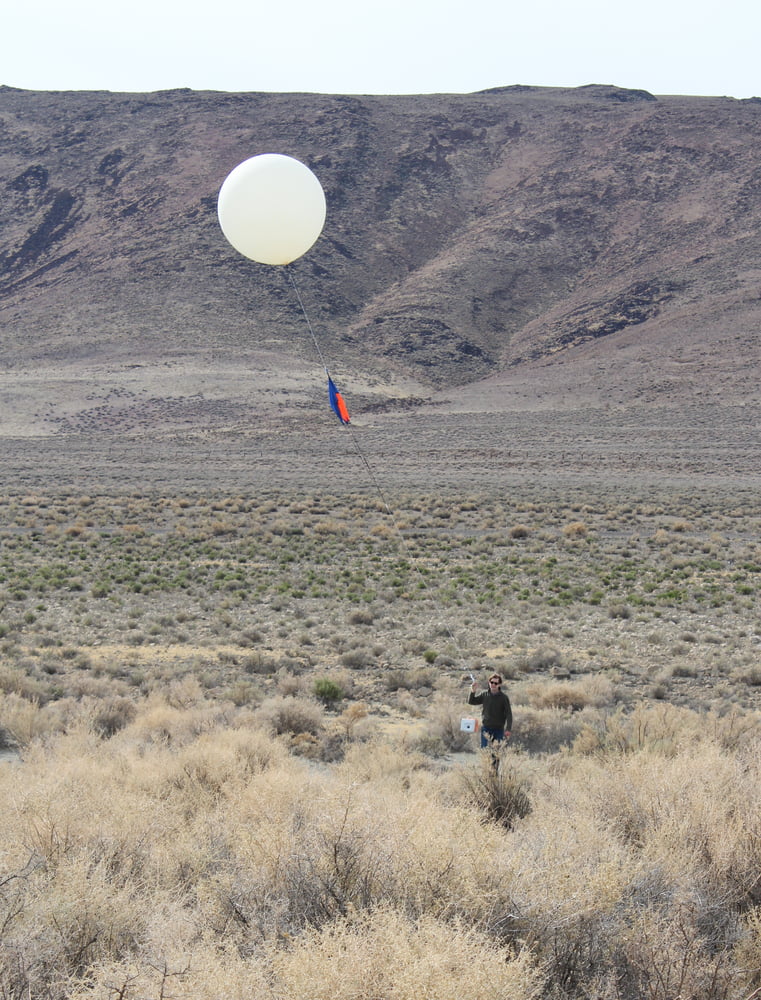After graduate school, I worked at Ford's Research & Innovation center. One of my major projects was the development and launch of the OpenXC Platform. I stepped away from the project after leaving Ford in 2014, but the open source project continues today. Looking back, my experience at Ford was enriching and formative, but unsurprisingly I didn't realize it until years later. This is an attempt to document some of the history of OpenXC, and to serve as a personal coda.
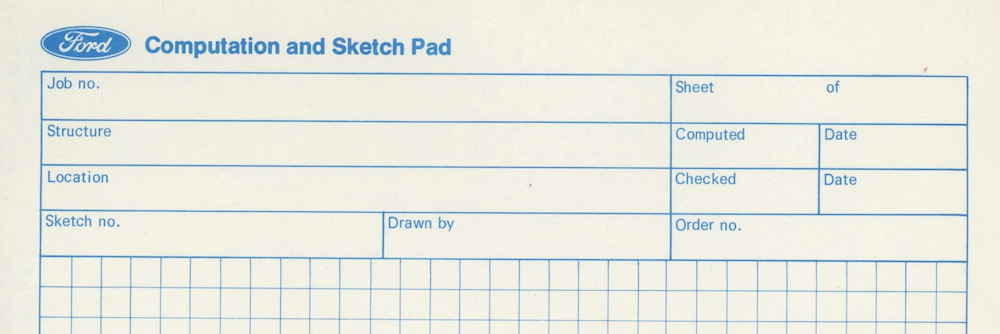
In 2011, I graduated from Carnegie Mellon and moved back to Michigan to join Katy, who was starting a PhD program at the University of Michigan. Although I had no burning desire to work in the auto industry, I found a role as a Research Scientist at Ford’s Research & Innovation Center. The hiring manager at the time told me it was a fluke my application landed where it did, since recruiting was otherwise very opaque at such a large company.
In what I found to be a comical snub, I was not permitted the title of Research Engineer because my undergraduate Computer Science degree was offered through the college of Literature, Science and the Arts, not the College of Engineering. No matter! I embraced the title and coveted the 1970s era white research lab coats a few of the more senior engineers wore around the building.
In 2021, I have enough emotional distance from my first full-time professional gig to put it into perspective. I’m proud of the impact I had at Ford, and can see now how those years offered more than a few formative professional experiences. I’m hoping by writing this, I can understand those lessons even better, and close out this part of my life.
At Ford, I joined the Infotronics team; a small group of supportive engineering colleagues with an optimistic, visionary leader. The primary focus during my tenure was the development of an open platform to accelerate experimentation and development of new automotive and mobility applications: the OpenXC platform.
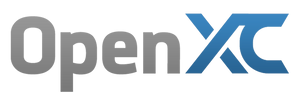
The vision was quite broad, and served as a useful avenue to test a variety of open source development, collaboration and publishing models from within a large non-tech company. We aimed to provide consumer-grade access to real-time data from vehicles, using open source software, and with open source hardware reference implementations for any connections to the car. This was meant to go far beyond the existing open standard for vehicle data (On-board Diagnostics) and expose the more interesting, and as-of-then proprietary information from systems like the doors and windows, HVAC, and EV battery management.
One product angle, and the one I could most easily identify with, was to re-engage The Tinkerer; people who enjoy understanding, tweaking and fixing their cars. These folks haven’t disappeared completely, but as engines and other automotive systems became increasingly computerized, experimentation became less accessible for anyone except the dealership or a licensed repair shop. The die-hards kept at it and eventually reverse engineered many early ECUs for performance tweaking, but the majority of the tinkerers moved on. I think some were rebranded as “makers”, which had the side benefit of bringing in a more diverse group of people, technologies and mediums; not just cars, but code, art, biology and crafts.
OpenXC is built around a specification for encoding vehicle data and commands in JSON. JSON made the most sense at the project’s onset as an approachable, human-readable format. The spec defined common names for vehicle data, meant to be more approachable than OBD-II diagnostic IDs.
We paired the spec with a reference implementation of a low cost vehicle interface, using off-the-shelf components, that connected to the standard OBD-II port. Other cheap OBD “dongles” existed, but were primarily meant to provide phone interfaces to the standard OBD-II commands. For example, a vehicle owner could clear a diagnostic trouble code without having to visit the dealer. OpenXC was more focused on providing an accessible software development environment to be more creative with the data.
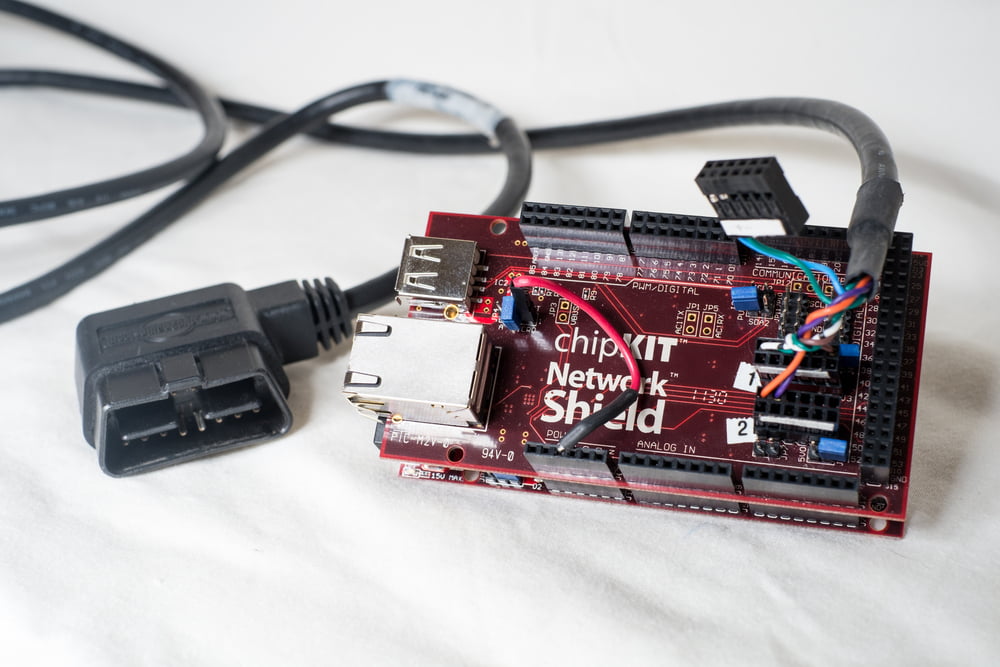
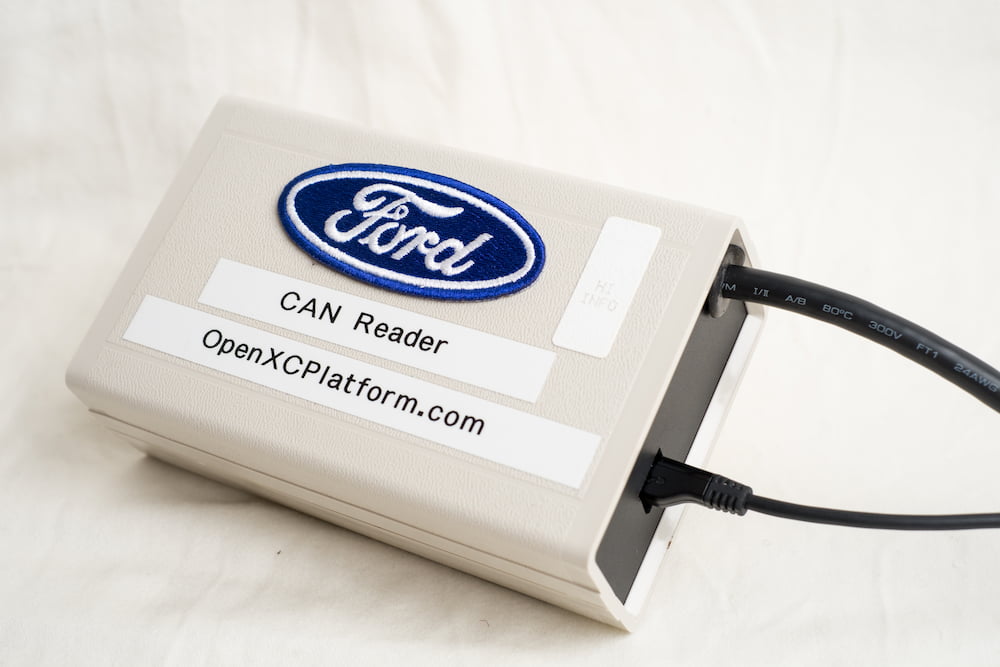
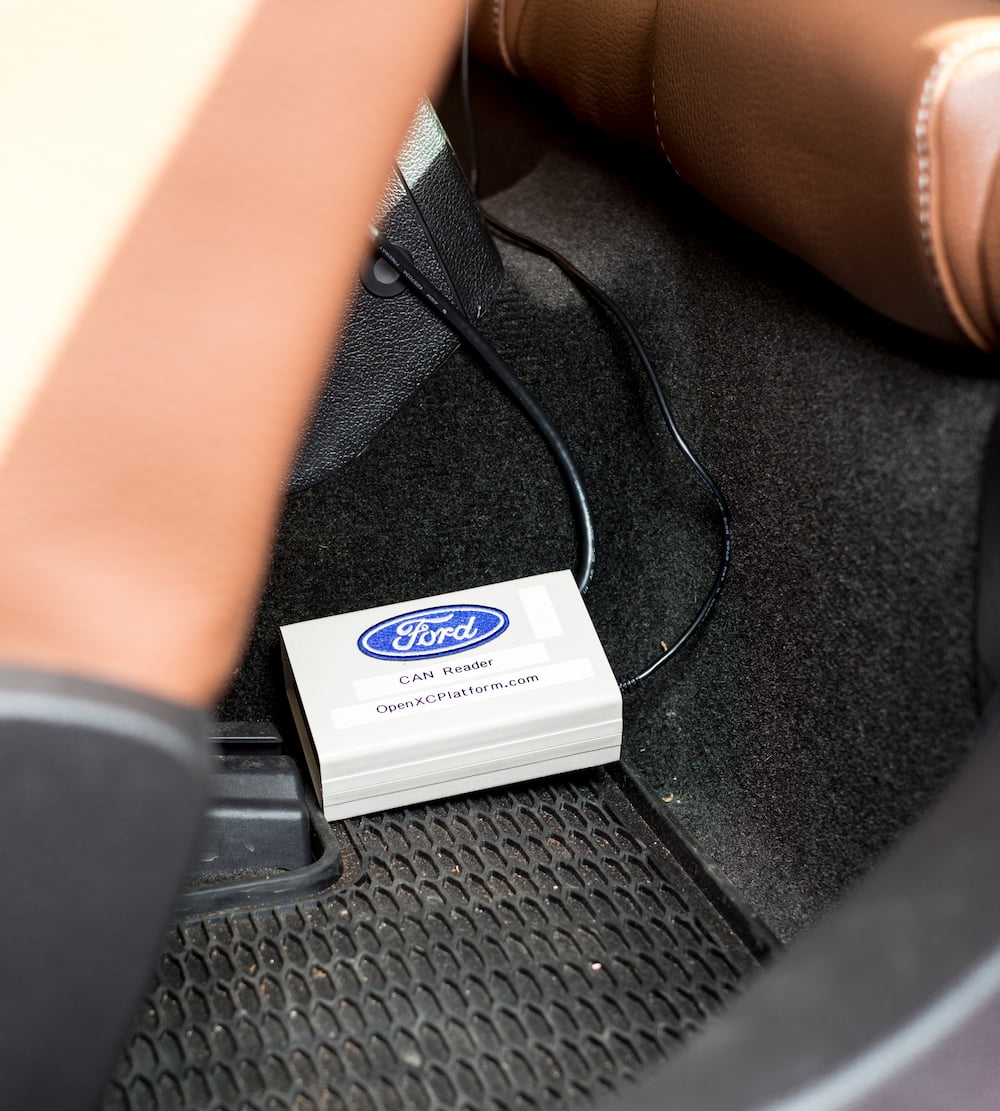
Android was our application development environment of choice, because of the wide support for external devices. The first version of the vehicle interface used a wired USB On-the-Go wired, and we eventually went wireless with a Bluetooth 2.0 serial adapter (the classic RN-42).
A part of the pitch for this project inside Ford was to provide a potential infotainment platform for developing markets. The Ford Figo was popular in India, but had only a turn-of-the-century dashboard display. Smartphones, however, were becoming as popular as in the rest of the world. Why not leverage the mobile computer you already have with you for your car?
We also explored this angle for developed markets. The average age of personal cars on the road had just passed 11 years. Compared with the dramatic pace of smartphone replacement, there is no way for a personal car’s tech to stay current. Just like with a low cost vehicle with no built-in displays at all, what if you could leverage your phone to make whatever was in your 10 year old car irrelevant?
Neither initiative became material, but the idea lodged in a few leaders’ minds. In a slightly modified form, this concept did end up coming to fruition - see Ford’s AppLink, and especially Apple CarPlay and Android Auto. Tesla aside, many automakers are giving up on trying to make their own infotainment and are providing interfaces for a more easily updated phone to take over.
I think what’s still missing is any meaningful interaction with the car itself. Infotainment is stuck in its lane, providing navigation, music, and call/SMS support.
OpenXC was the first significant open source project published by Ford, and possibly the first ever. We had Ford’s intellectual property arm (Ford Global Technologies LLC, or FGTL) and marketing department aligned, and it took surprisingly little wrangling to get final approval.
The public project officially launched at CES 2013. I wasn’t able to attend, but Katy and I celebrated at home with champagne.
After the launch, we spent a significant amount of energy on outreach, community building and education. If all else failed, our leadership at Ford was happy to have us engage a crowd of folks that otherwise wouldn’t have thought to learn about automotive engineering, or seen any advantage to buying a Ford car.
We hosted booths at a few Maker Faires in Michigan and California, complete with a kitted out Ford Focus showing some of the available data.
Ford partnered with the now defunct TechShop, to jointly run a TechShop location in Dearborn. We ran OpenXC workshops out of this location, and eventually went on a tour of a half dozen shops around the country. I hosted workshops in Round Rock, TX and Pittsburgh, PA (where I now reside!). The open hardware angle was especially interesting for this crowd; we based the event around actually soldering together a physical, customizable dashboard gauge (the retro gauge) that could be fed with any data from an OpenXC interface.
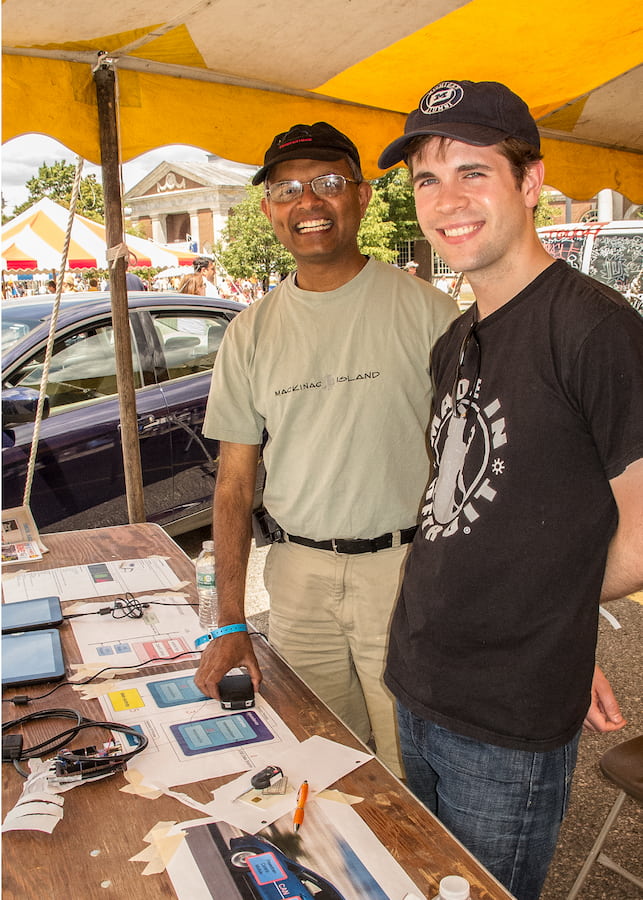
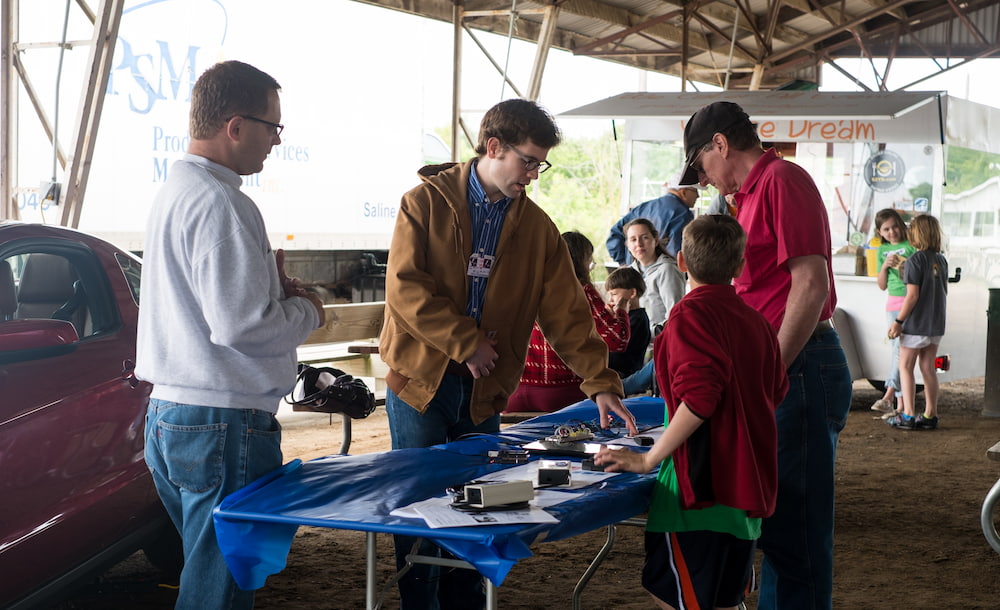
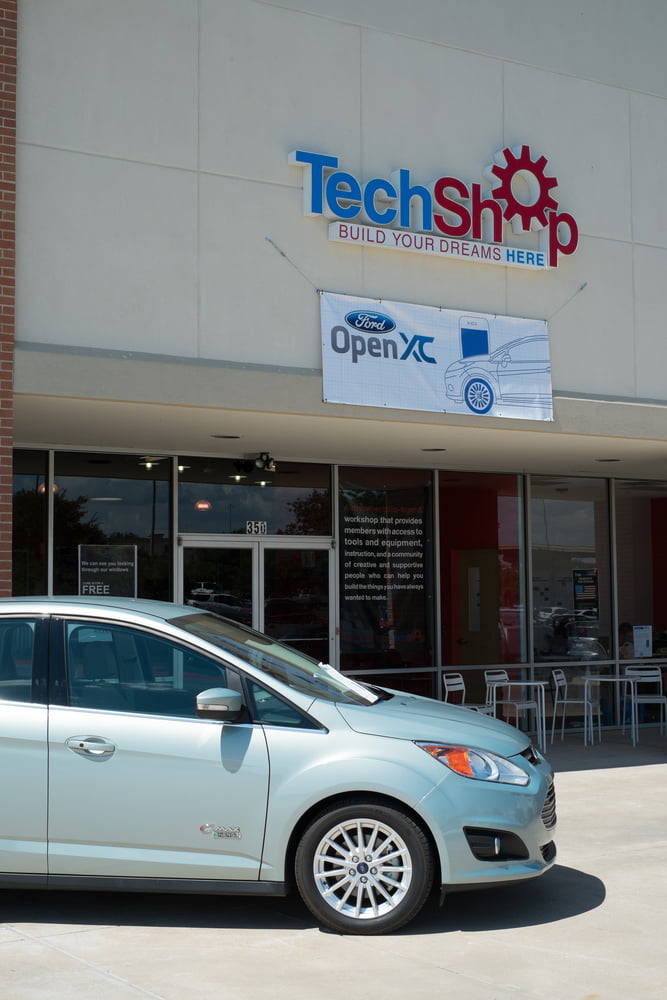
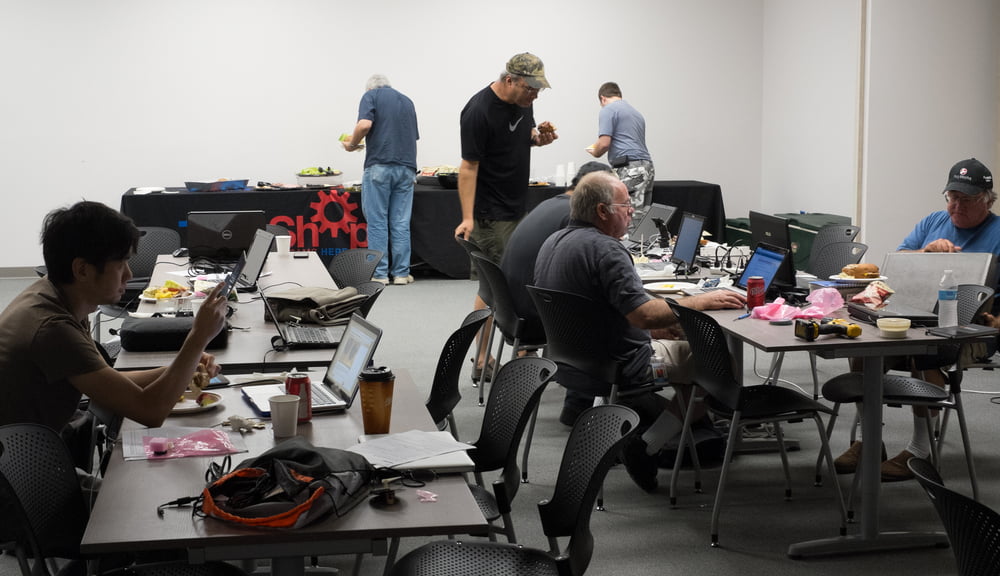
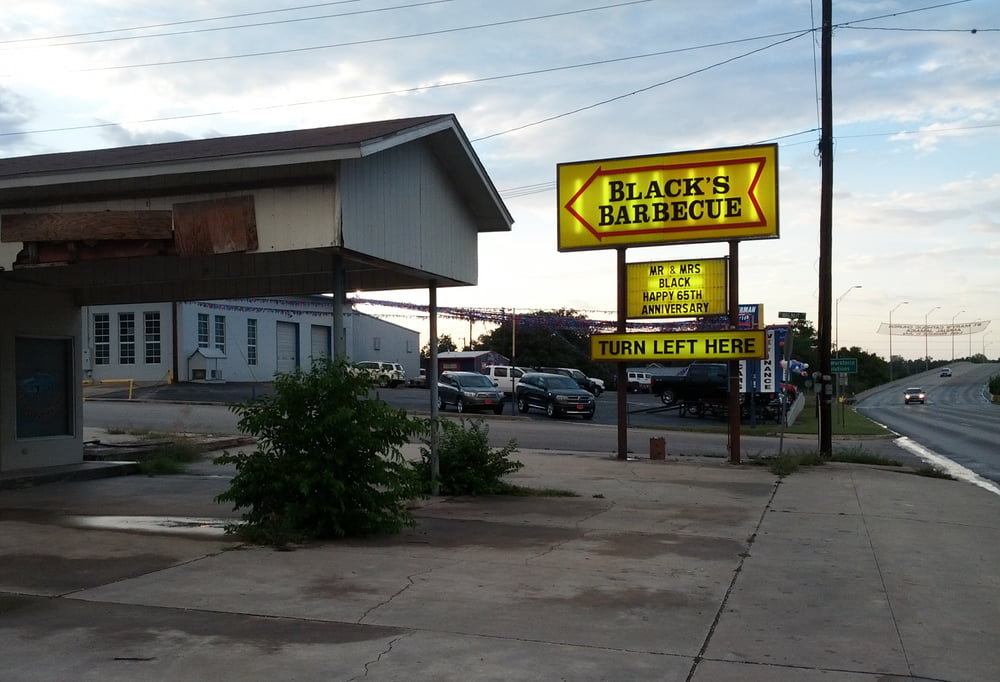

The next year, we sponsored a challenge to developers to use OpenXC data to build an app or service that helps individuals understand and improve their personal fuel economy. Jim Farley, (now the Ford CEO but at the time the executive VP of Global Marketing, Sales and Service and Lincoln) announced the Personalized Fuel Efficiency App Challenge on stage at the 2013 New York International Auto Show. I spent the press day on the show floor with a demo unit, ready for questions, but I mostly chatted with the other presenters.
The trip to New York was memorable for being my first time driving in the city. I’d visited a few times prior, but as any reasonable person would, I got around in cabs and the subway. Driving was exhilarating and surprisingly easy, especially after escaping from Midtown. The goal of this joyride, in a Fusion borrowed from Manhattan Ford, was to record data with OpenXC with a local flair for the auto show. I used a few of my drives as samples in one of the log analysis tools we released (the trace analyzer).
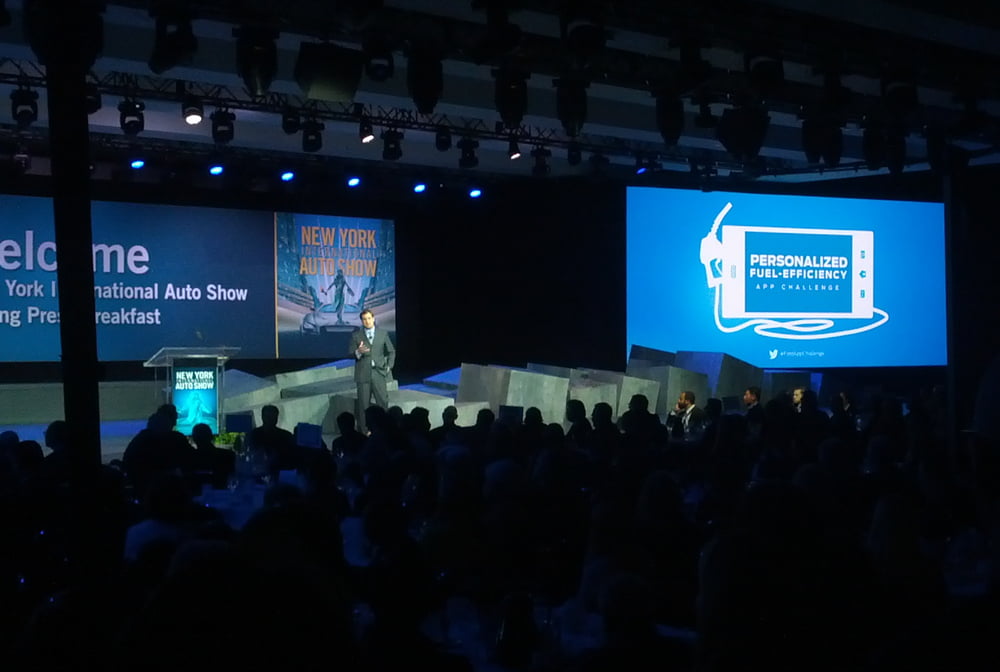
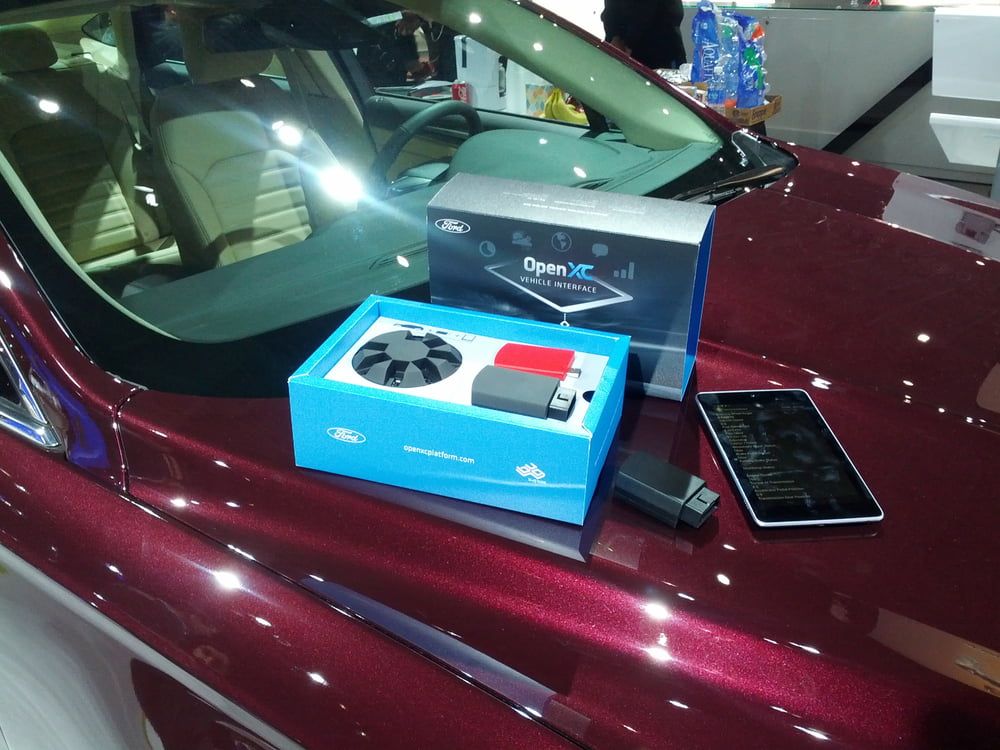
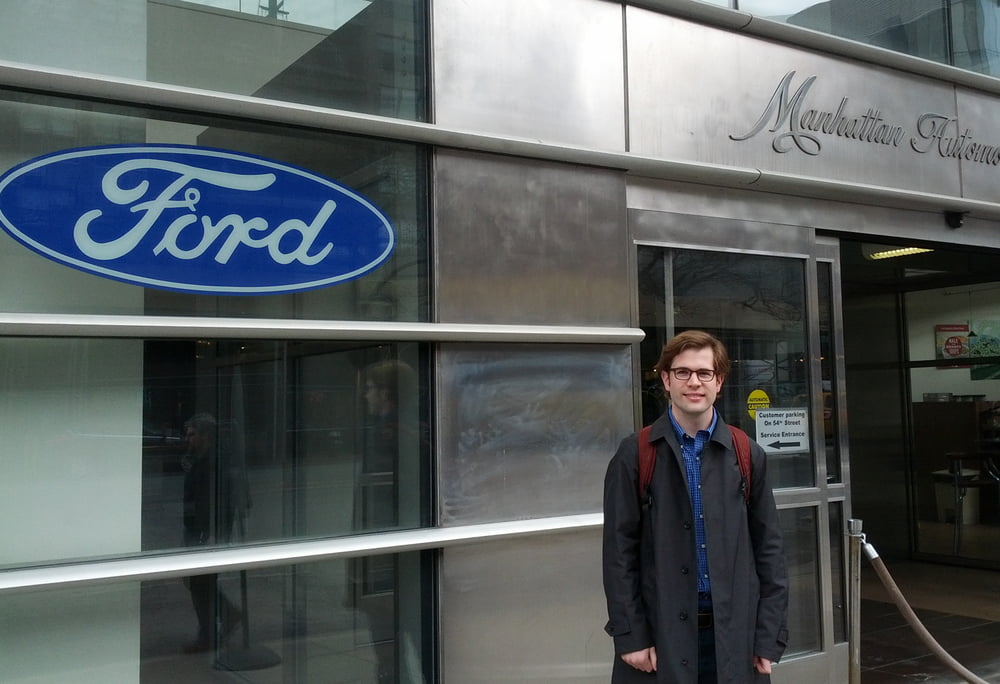
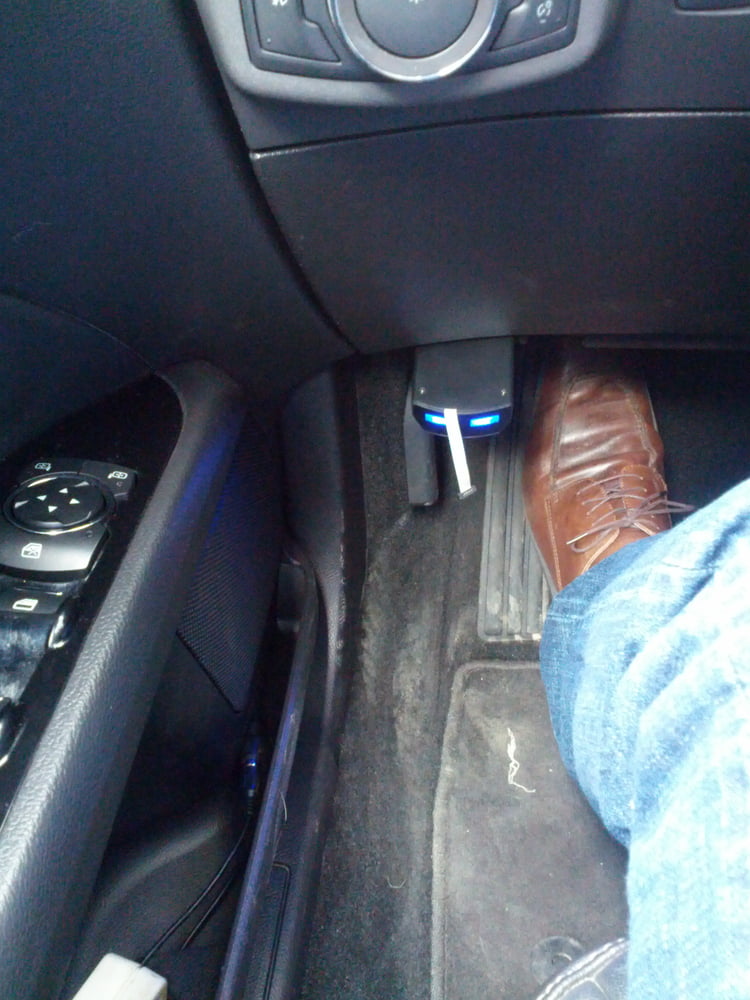
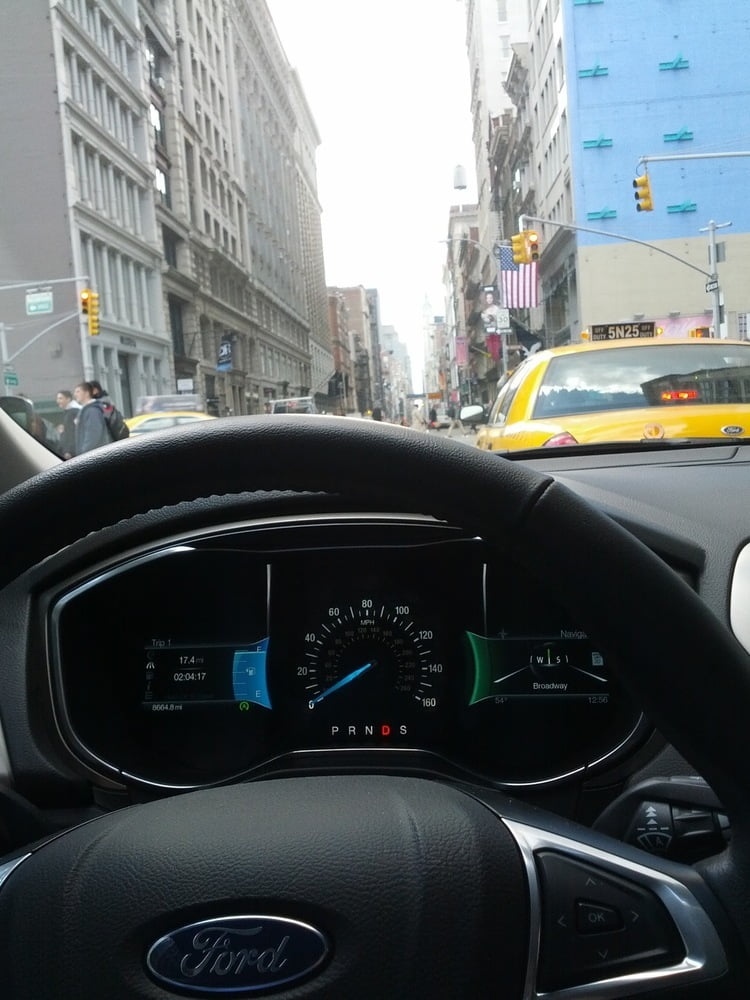
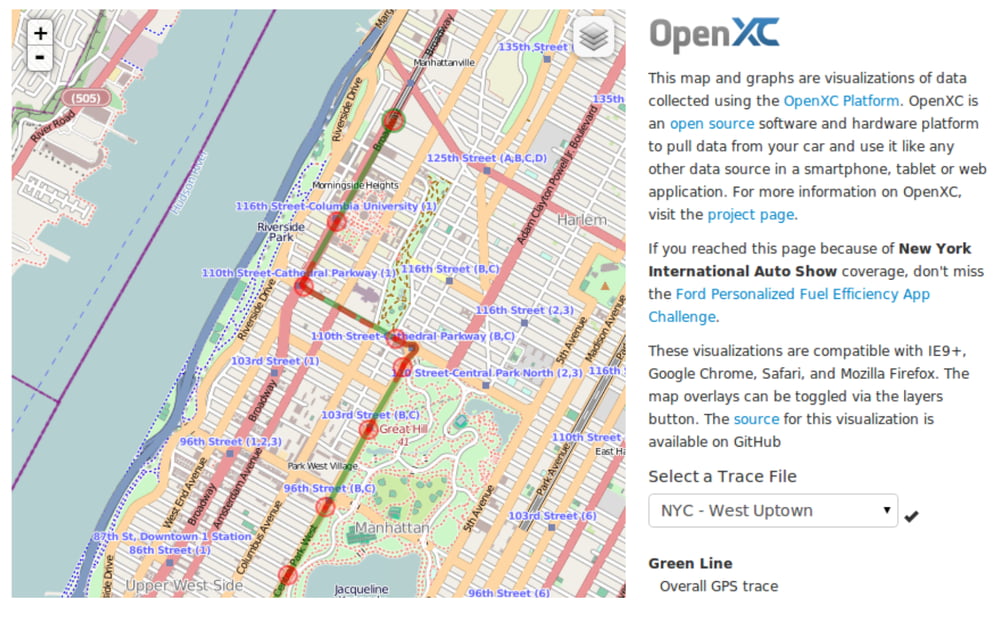
These weren’t the only events, and the Ford team appears to have kept up with outreach and engagement. You can find a more up to date list at the OpenXC site.
OpenXC turned out to be a useful prototyping platform for a variety of departments within Ford, and not just “infotainment”. It was a quick way to interact with a device on a CAN bus without lugging around a Vector interface and Windows laptop, and was much easier to link with other research software. We even used it for one of Ford’s first forays into autonomous driving, as an early prototype for controlling the PRNDL state. The magic happened from this cubicle, on the days I wasn’t working remotely from Ann Arbor:
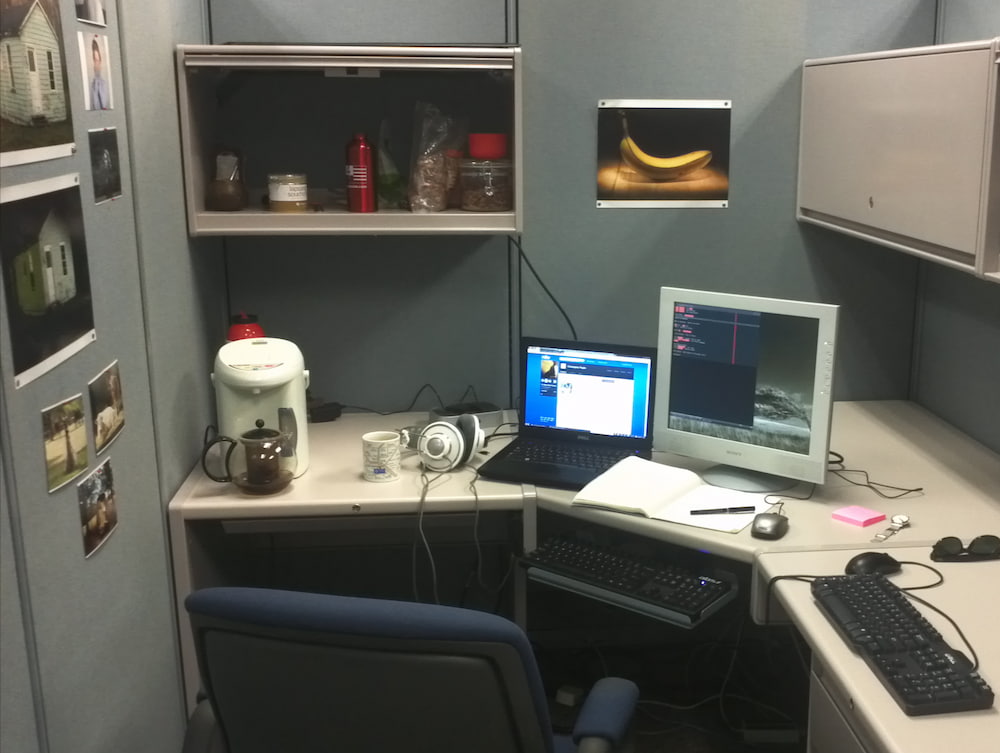
One of the most memorable events was a series of workshops I hosted at Ford of Australia for around 100 engineers over 4 days. This was our first attempt at pollinating the founding ideas of OpenXC around our global offices.
The teams in Broadmeadows, Lara and Geelong (a short drive from where I stayed in Melbourne) were most welcoming, and tipped me off to an excellent over-the-mountains drive. Unbelievably, this rental car returned dirty but otherwise undamaged.

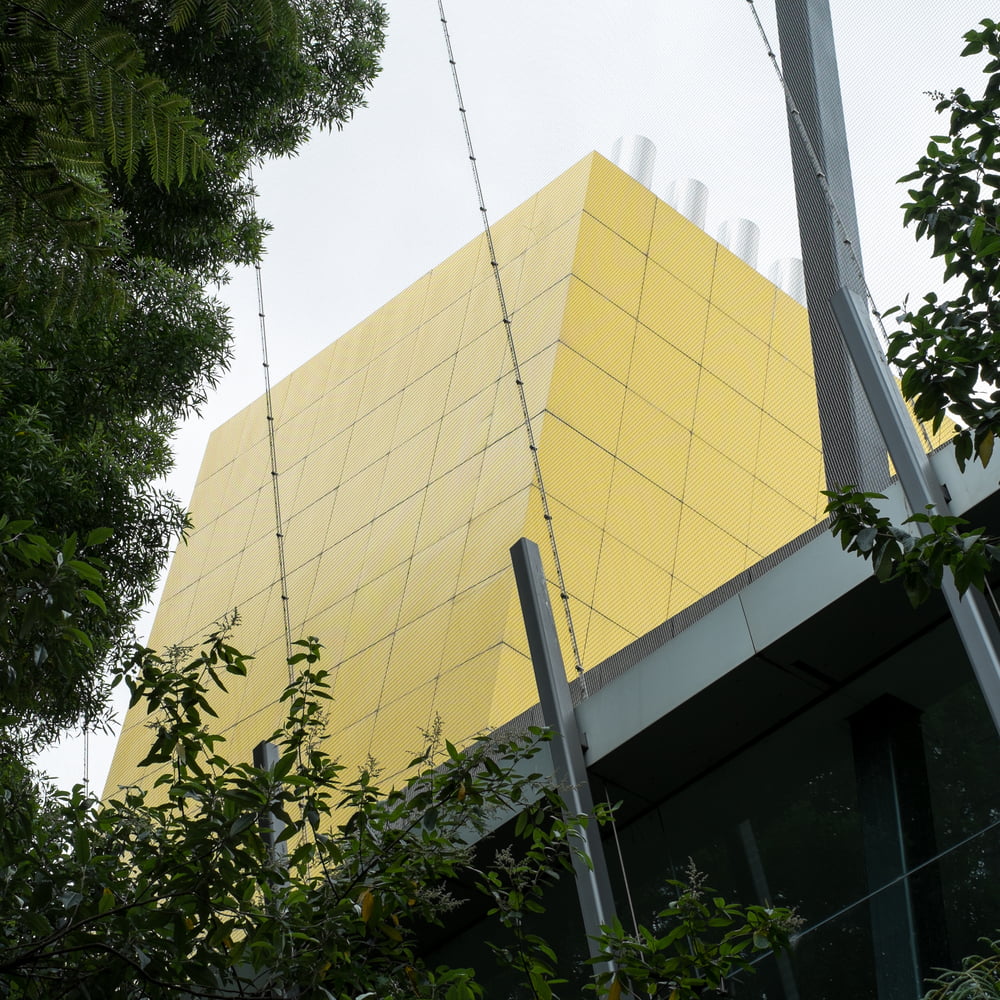
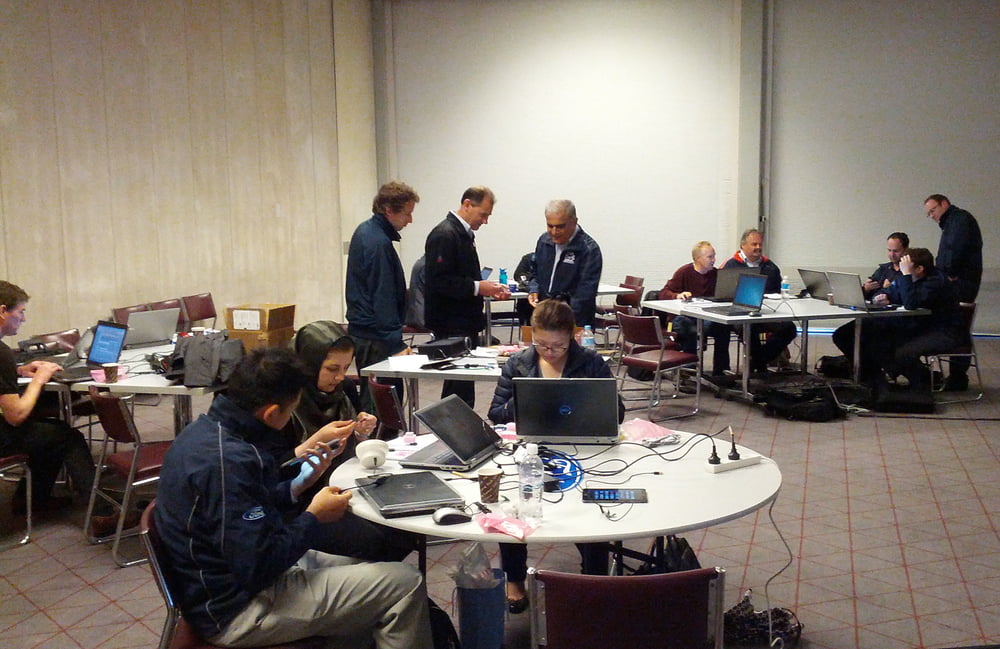
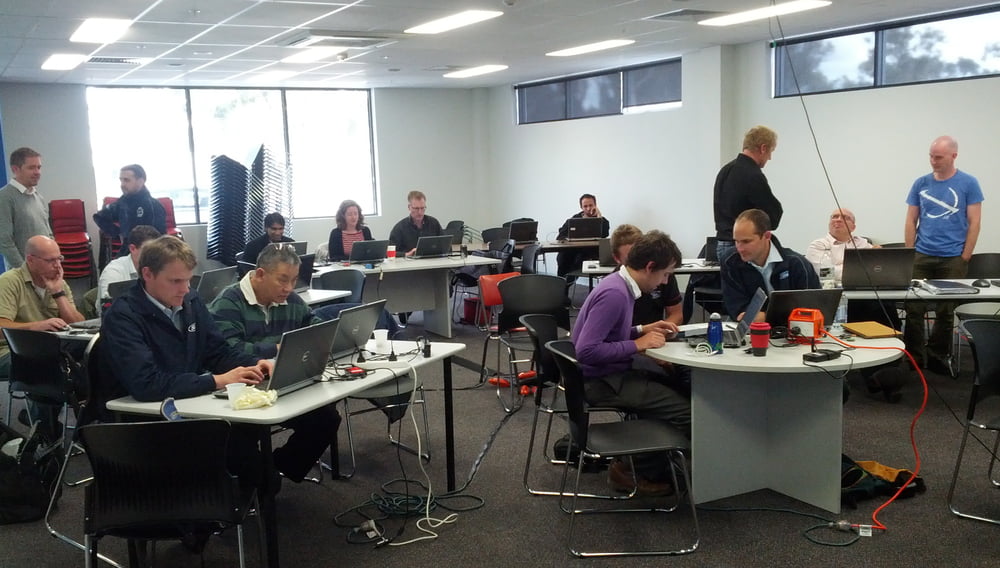
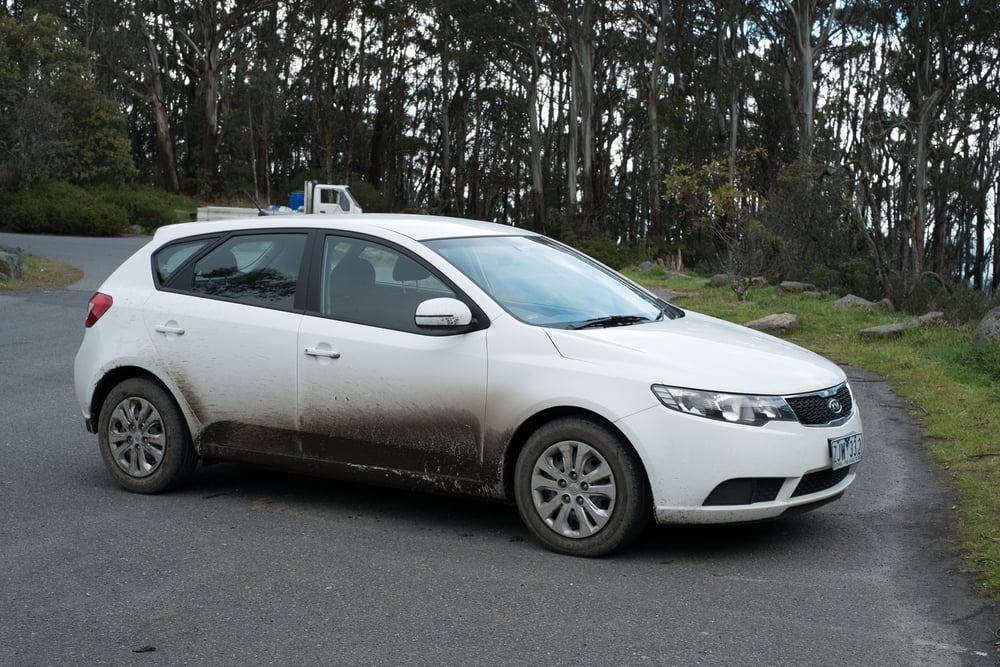

Back in Dearborn, the Infotronics team also worked on evolving the hardware design, and exploring ways that Ford could leverage nimbler mechanical and electrical prototyping. This effort was a collaboration with Bug Labs, but I must give most of the credit to a colleague (now founder and CEO of Fictiv). He had a passion for rapid prototyping and additive manufacturing at Ford, and even helped design a retail box for our custom hardware kit. He also tested the idea of using 3D printing and quicker turn PCB fabrication shops to build prototypes. You can hear him talk about it much more eloquently at SXSW 2019.
For the vehicle interface hardware, we strived to continue supporting the original DIY-style kit based on off-the-shelf components. This remained the preferred prototyping platform for many people, since being built on an Arduino-compatible embedded device (the Digilent chipKIT Max32) meant you could easily add additional sensors or physical controls.
The next generation vehicle interface was Ford’s first published open source hardware. The mechanical and PCB schematics were designed with Bug Labs and released on GitHub. Our goal was on a slimmer package, with more intentional physical integration with the car. We went through 3 design iterations.
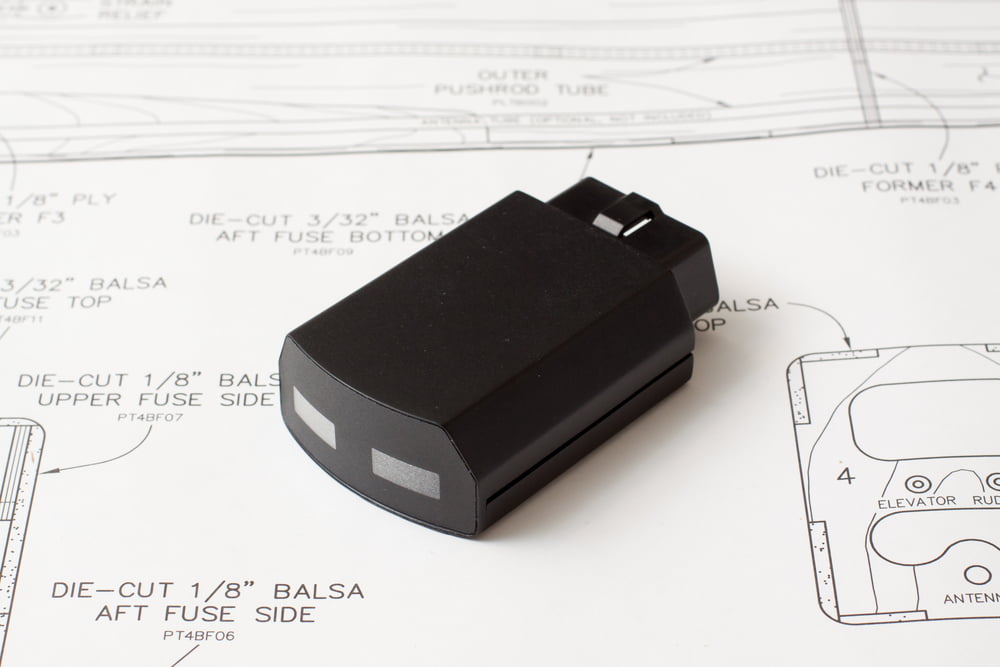
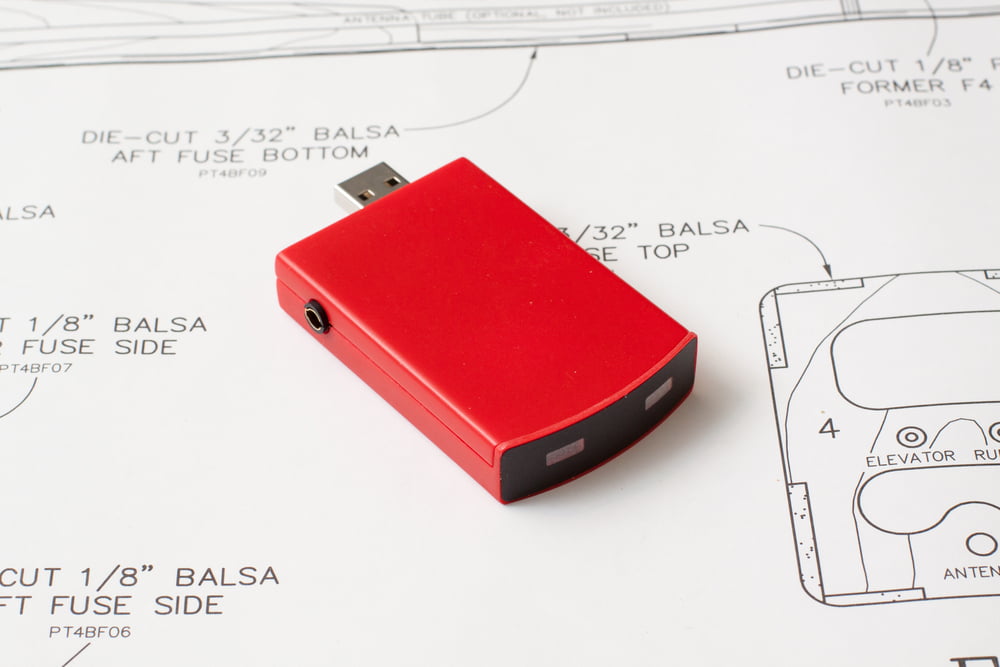
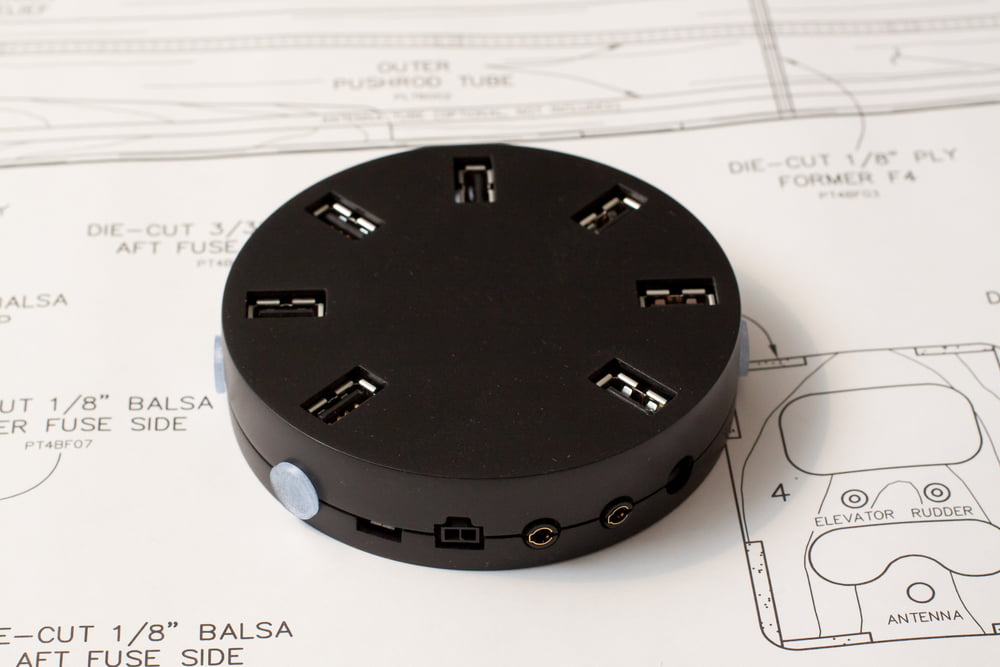
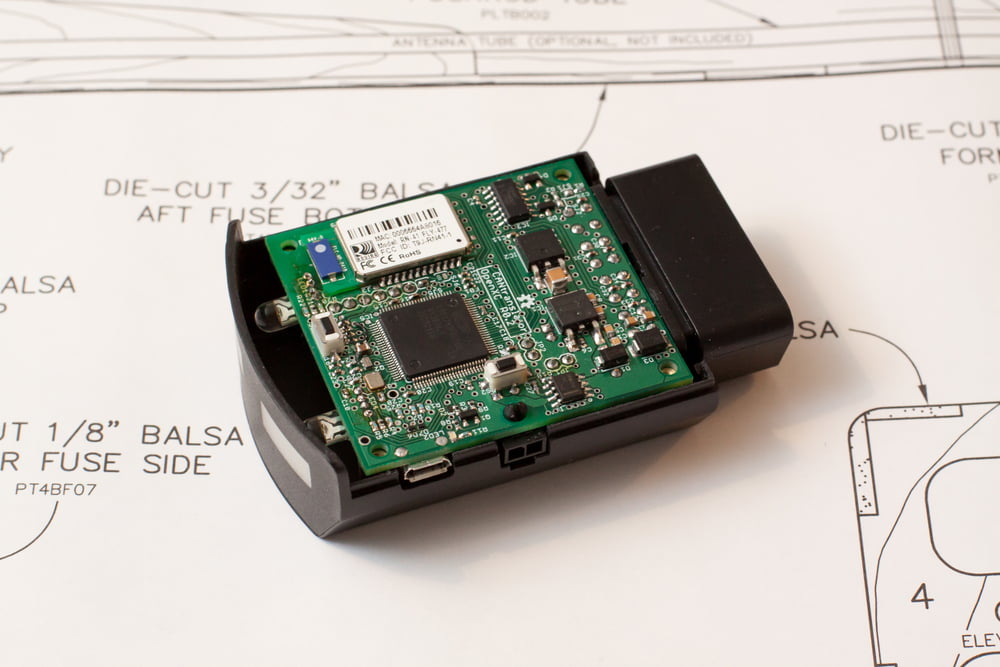
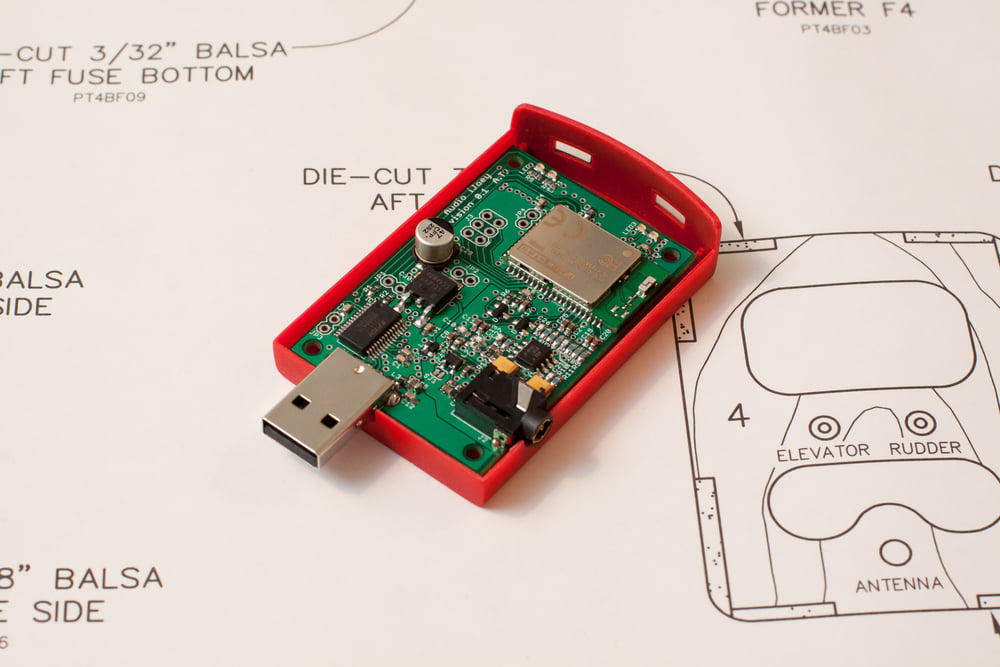
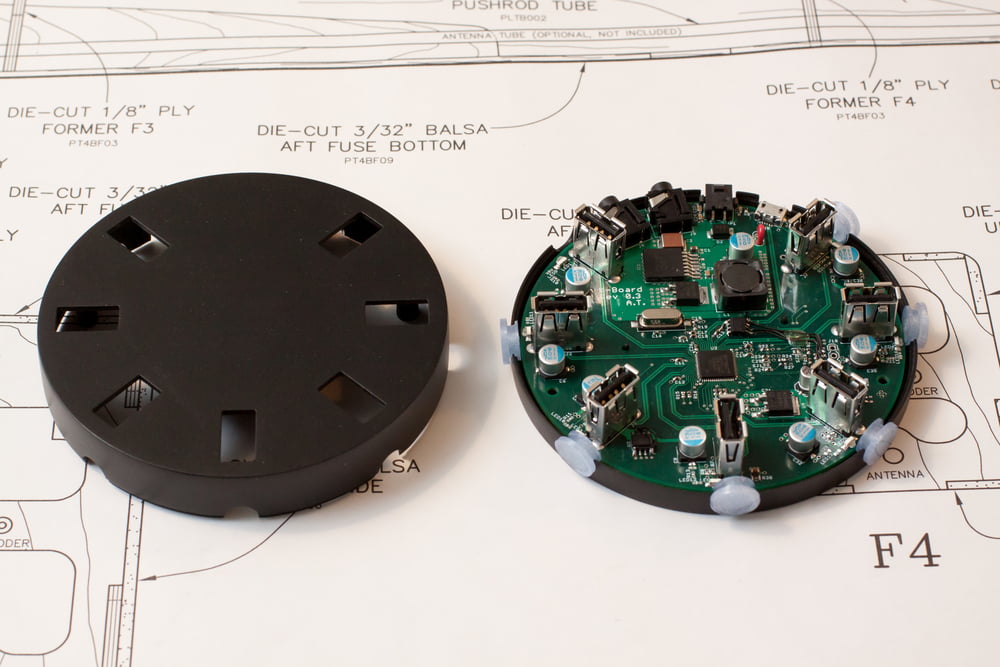
The final version came in a fancy box, with a few custom-built accessories: a USB dock designed to fit in a cup holder, and a Bluetooth audio interface for streaming music to your car stereo. Remember, this was when people were driving 2000-era cars, but carrying much more capable smartphones.
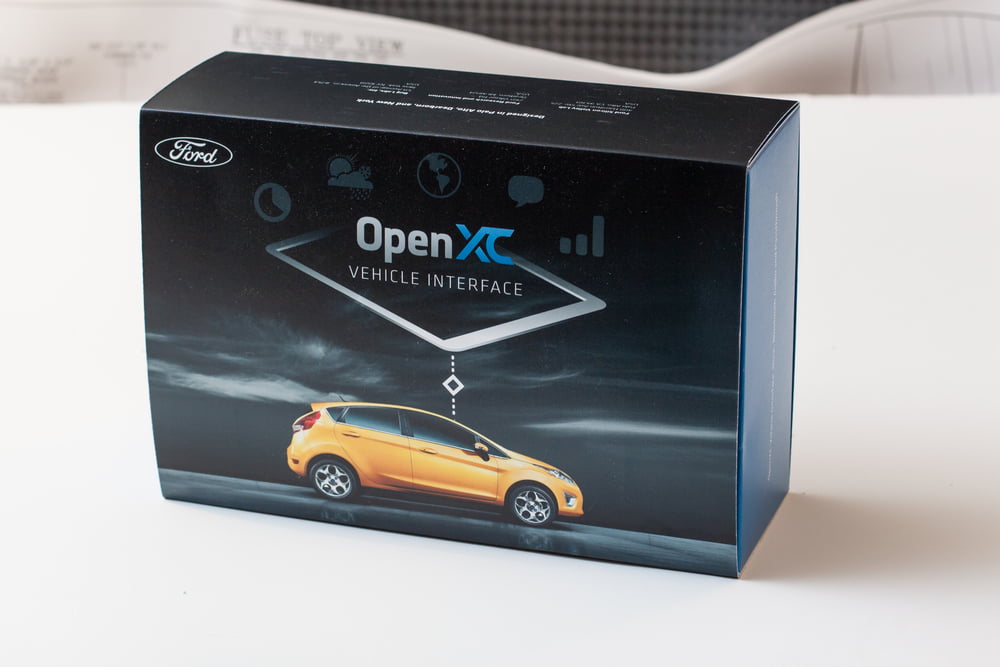
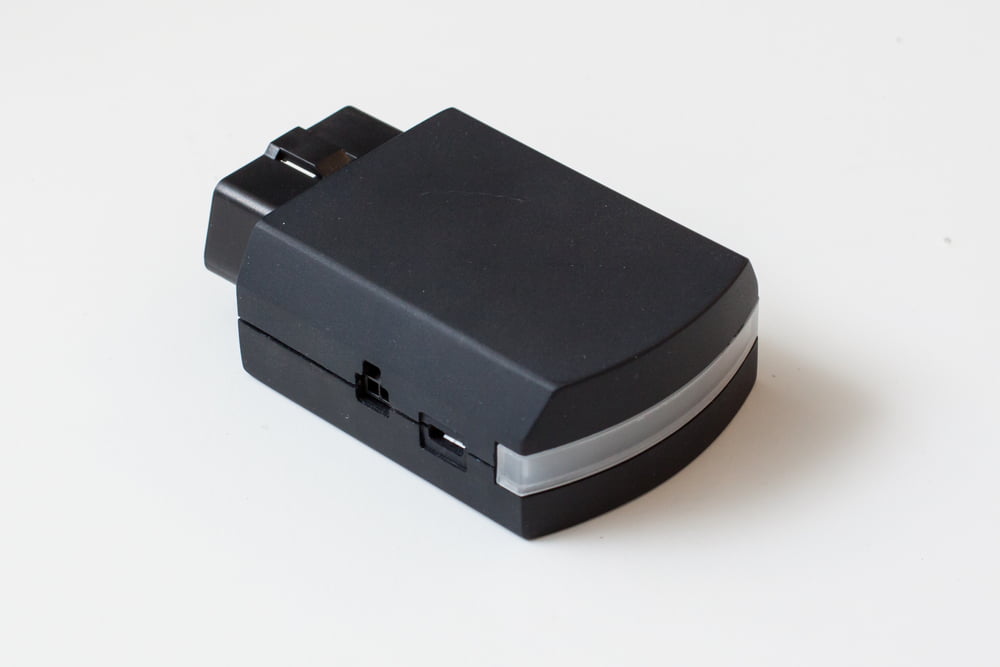
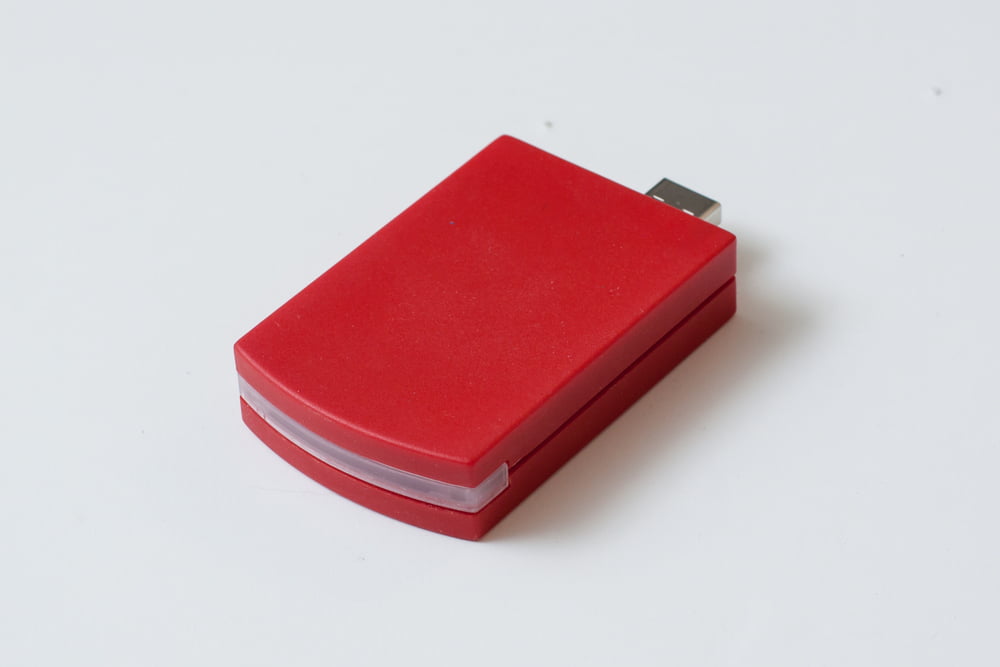
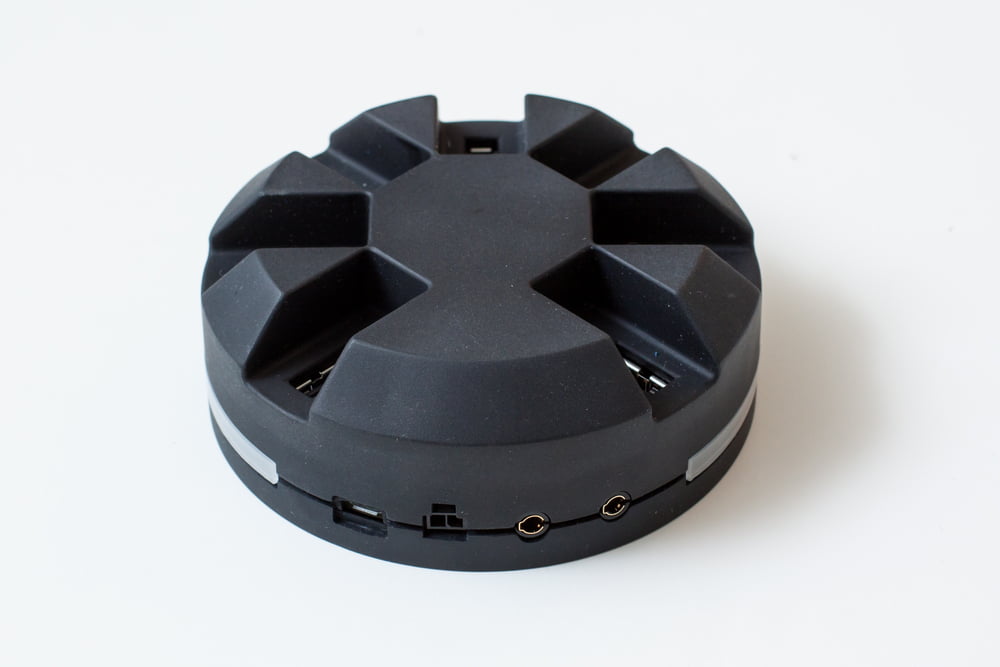
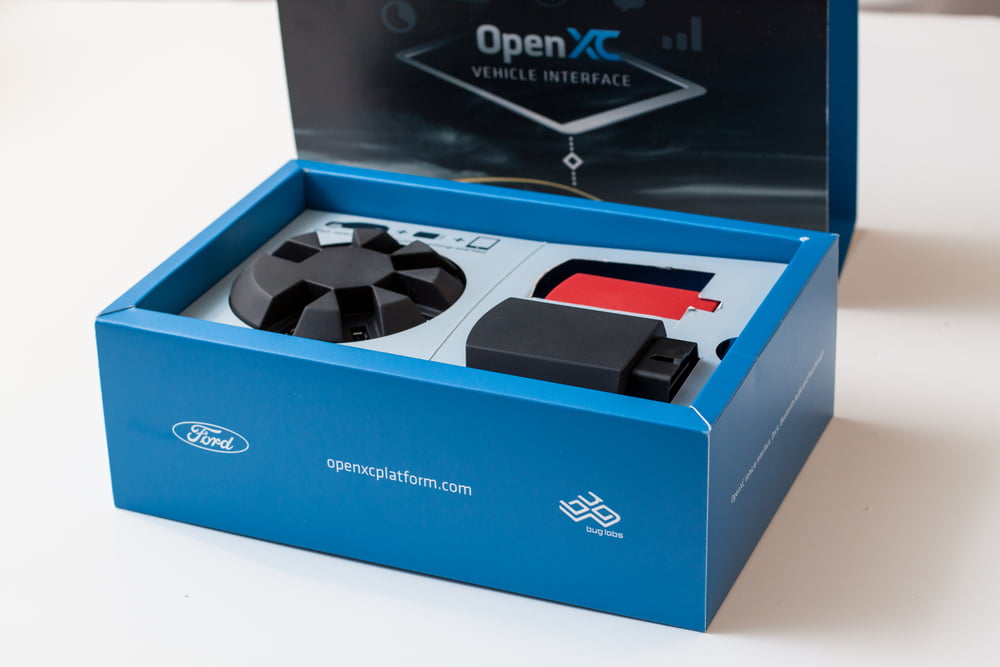
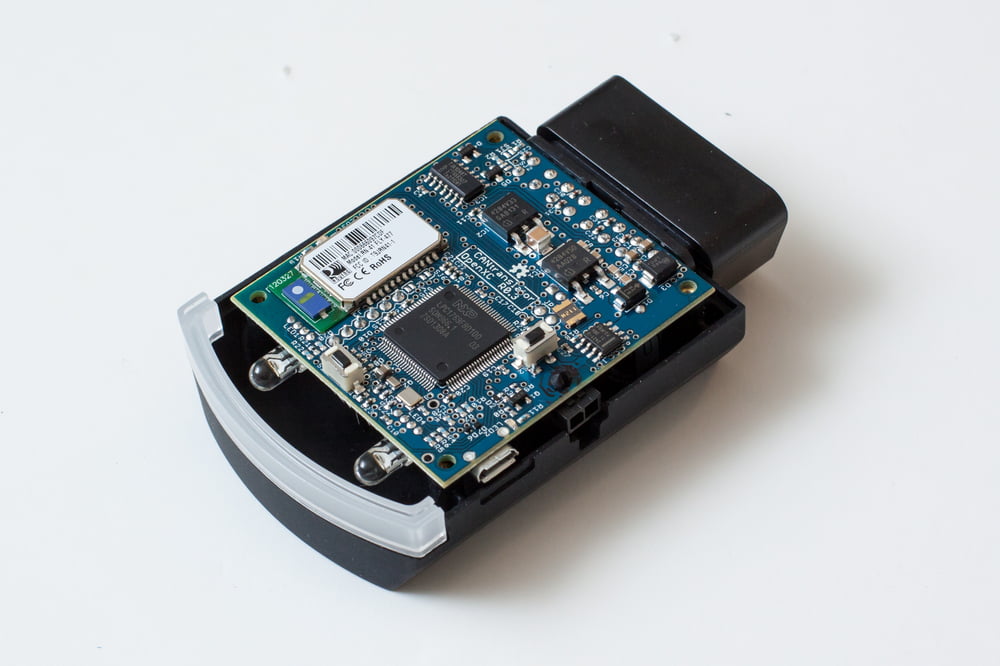
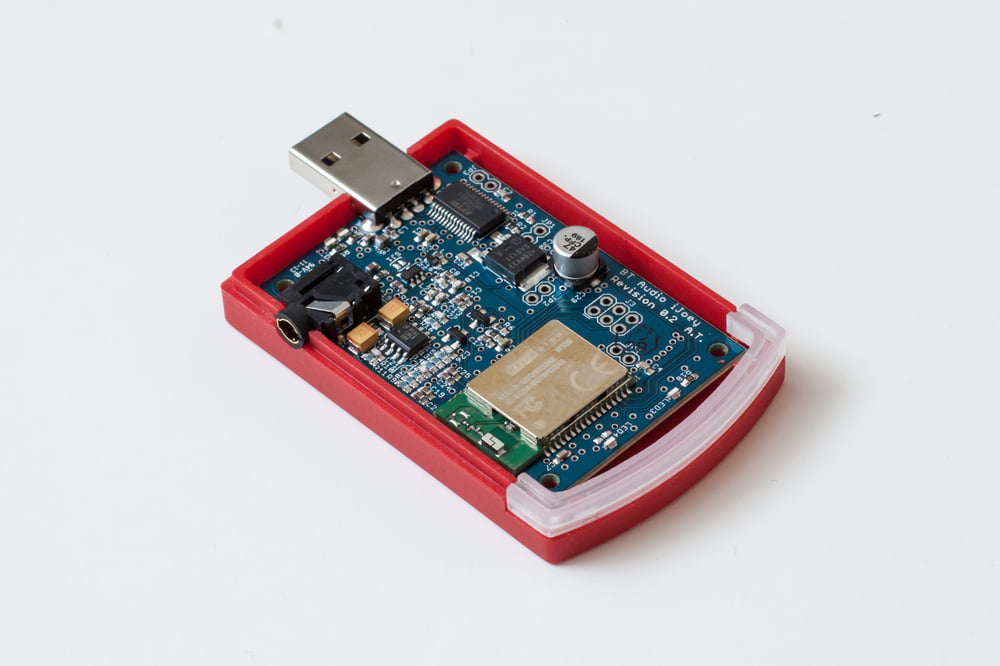
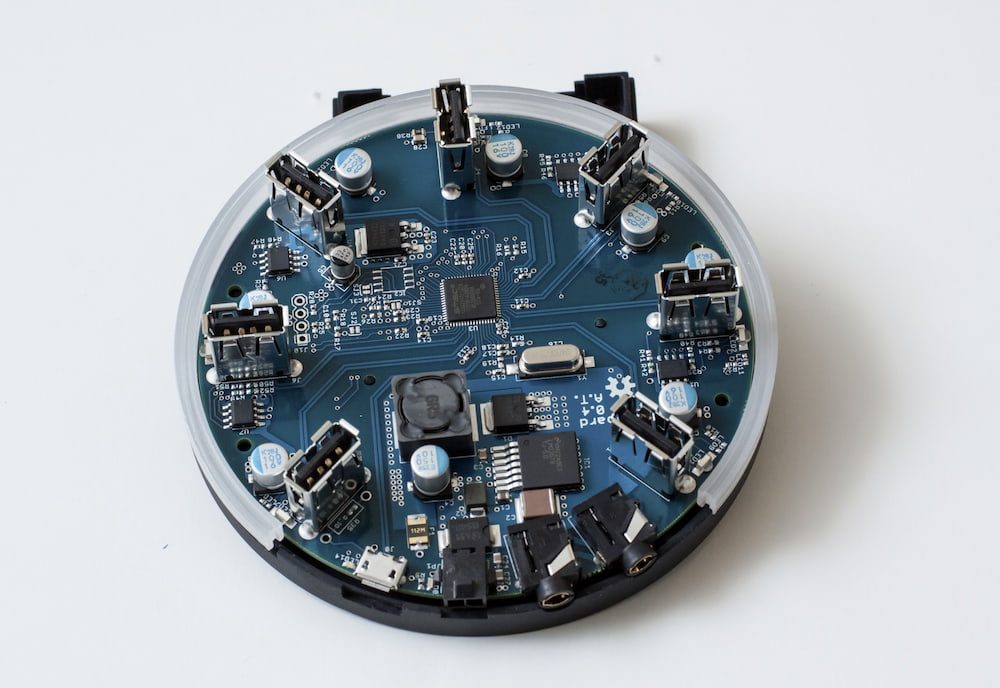
We also had a slimmer retail box that fit only the vehicle interface:
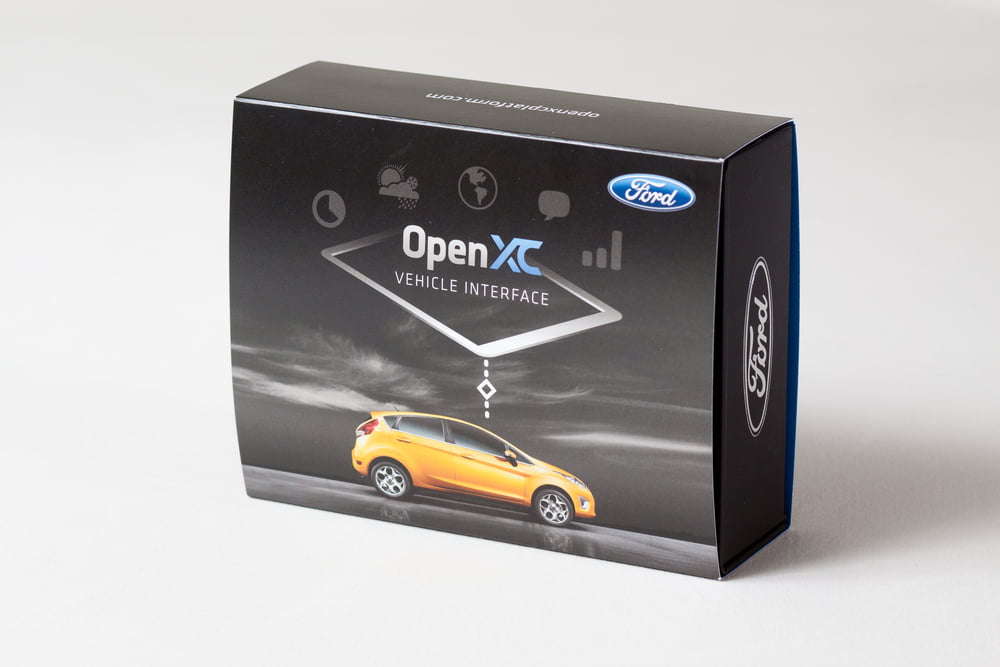
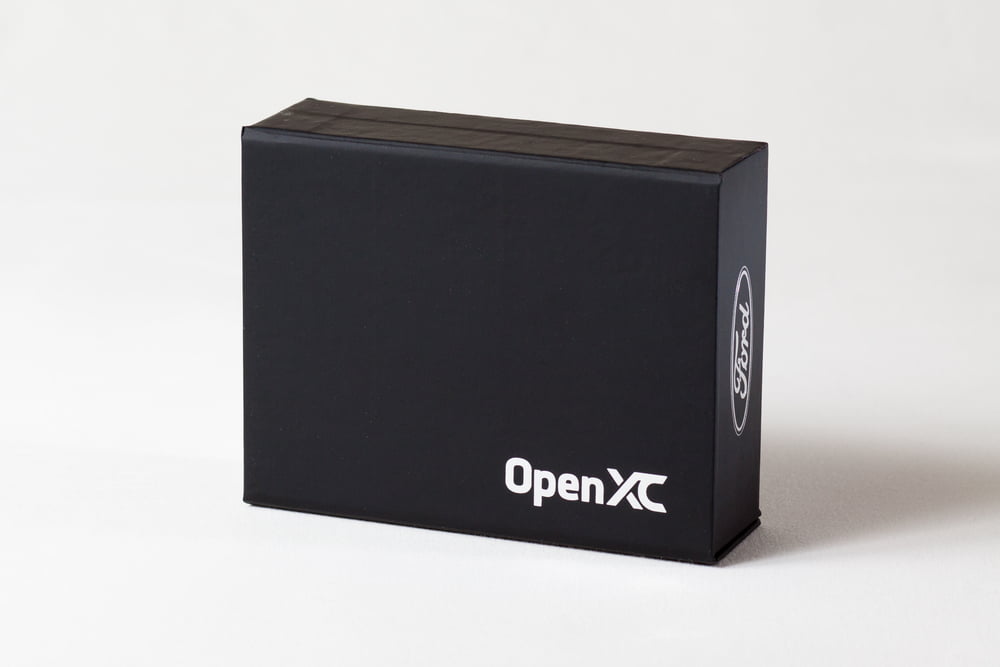
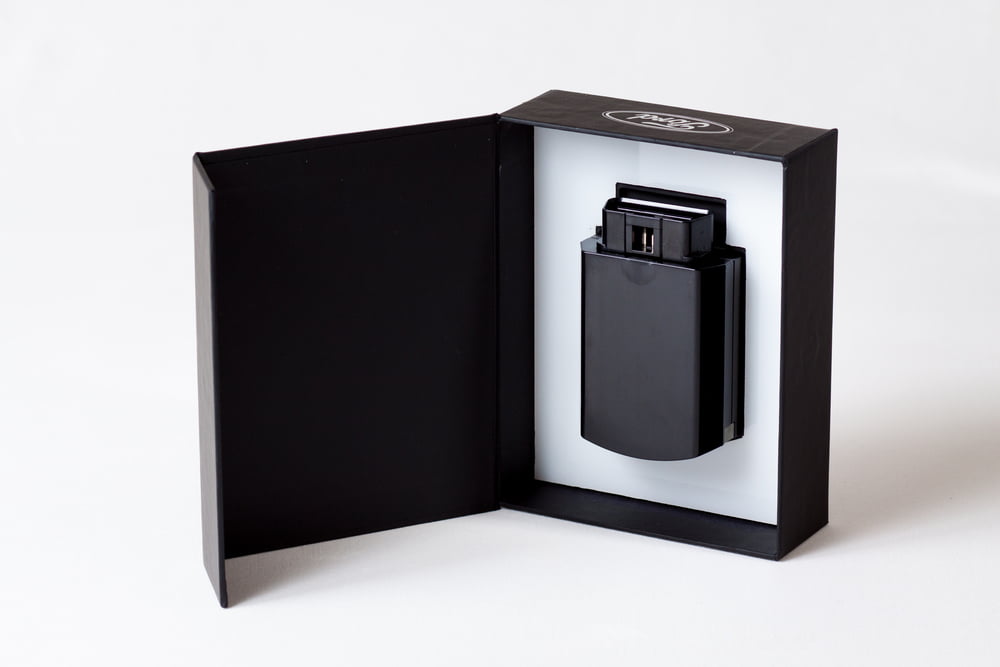
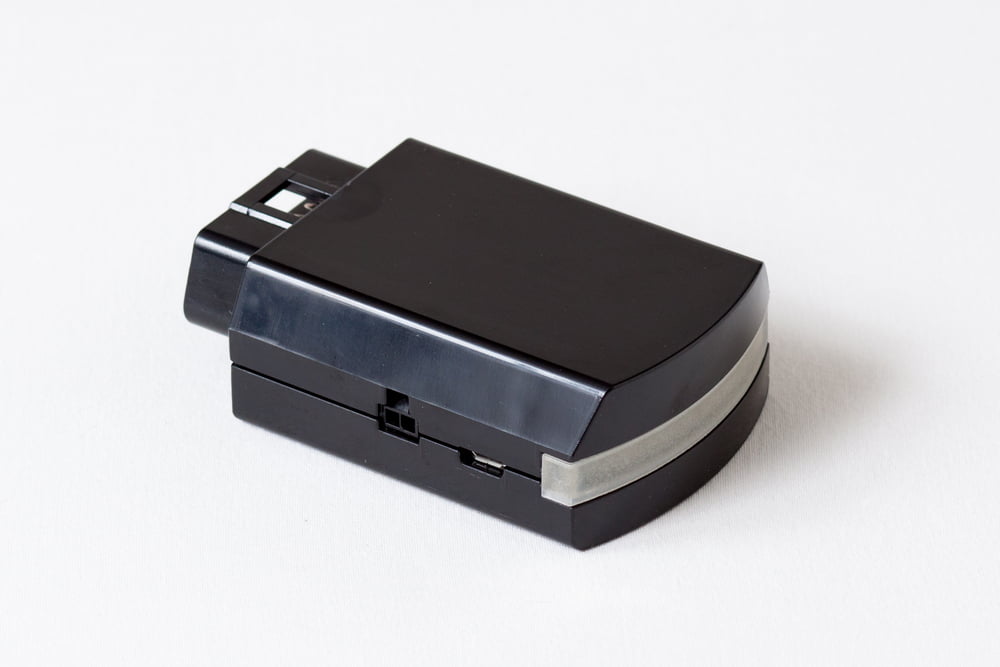
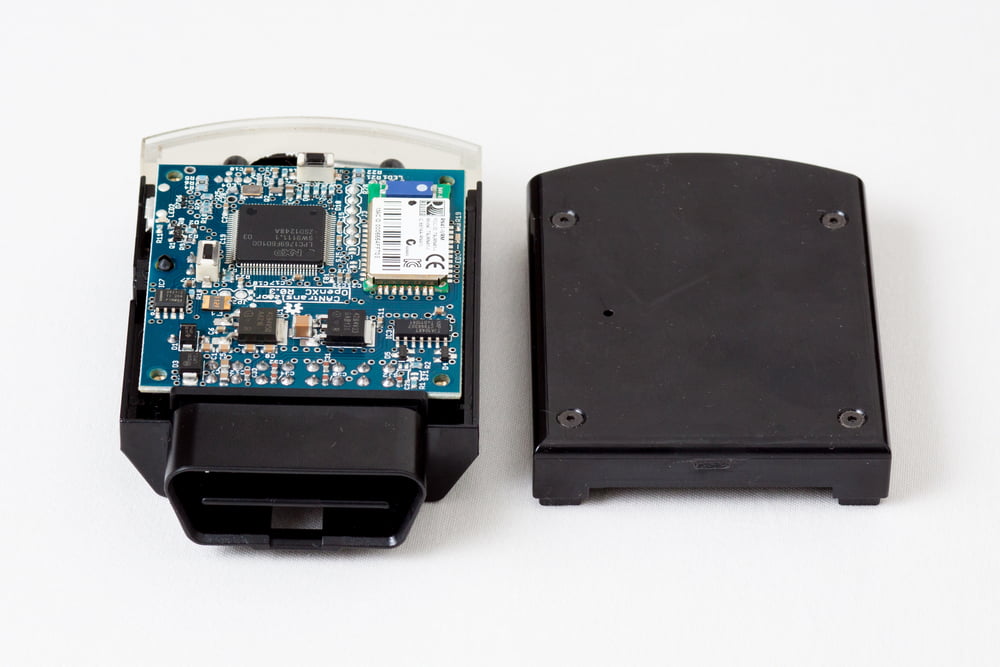
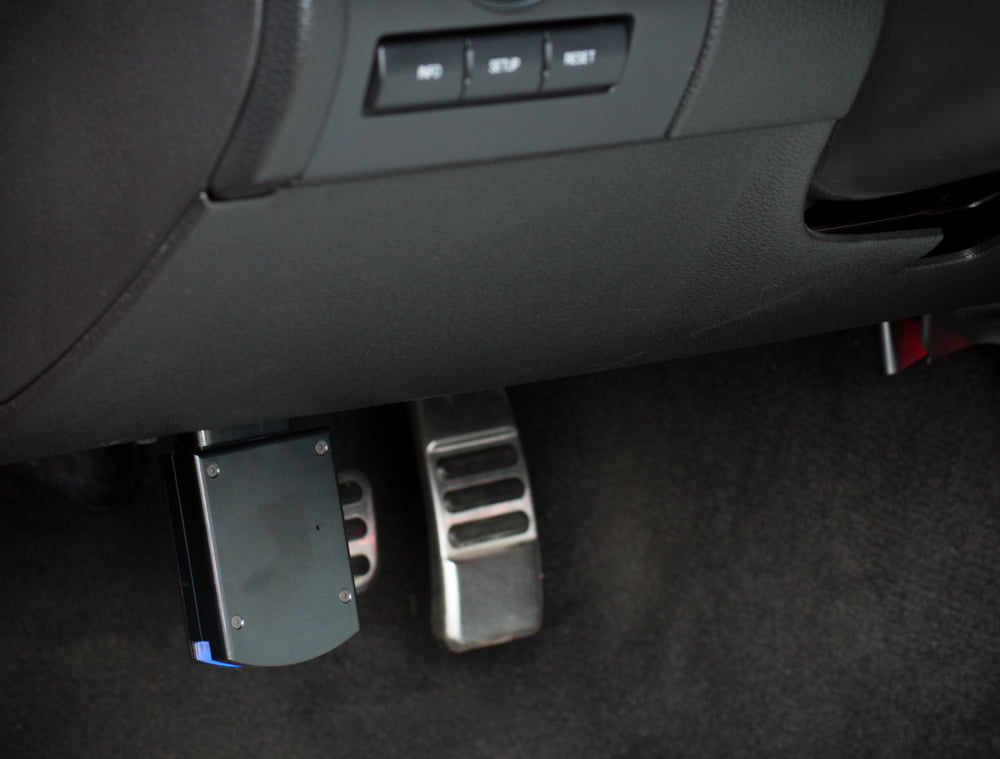
We found a good partner in Fleetcarma (nee CrossChasm), a Canadian company with a similar mission to unlock vehicle data, particularly to optimize the growing EV fleet. They had their own design for an OBD-II interface (the C5), with extras like a microSD card slot, cellular modem support and an even slimmer form factor. We eventually added the C5 as a supported platform for OpenXC (using the same open source firmware!) and offered a kit for sale through the official store.
As our list of supported hardware grew, I spent a good amount of time building an automatic hardware-in-the-loop test, to make sure new releases were universally compatible with all variants.
After the launch and road show, I hoped to incrementally expand the set of supported vehicle “signals”, especially data relating to the battery tech in our fledgling electric vehicles; the C-Max and Ford Focus Electric. I ran up against the limits of my political and interpersonal expertise at the time, and never made much progress. We struggled to form meaningful partnerships with the production engineering side of Ford to learn how to interpret the raw data, or win approval for a public release. Battery management technology was (and still is) a hotly protected trade secret, but I think Tesla’s success with a data-forward approach is proof of the value of our initiative.
I stopped actively contributing to OpenXC after leaving Ford, but new faces in the group continue to use it today. I think we failed at our goal of broadly opening up access to vehicle data, but possibly seeded the idea in a few places where it is now successful. Companies like Volvo are offering APIs, albeit the data goes through a proprietary cloud-hosted service and is not directly from your car.
OpenXC did succeed at becoming a flexible prototyping platform for Ford R&D, universities, intern projects, and projects by tinkerers (evidence of which I periodically find on GitHub or YouTube).
OpenXC and my time at Ford educated me on the workings of large organizations: the good and the not so good. I didn’t expect it, but I had great opportunities for travel and to meet engineers from a wide variety of backgrounds, from local mechanical engineers to software engineers in India (on the other side of a contract with HCL). I never did get a trip to Ford of India out of it, though!
I experienced firsthand the disadvantages of sequestering software development in the IT department. It left the Research & Innovation Center teams without clear organizing principles and hurt our ability to create a consolidated open source policy for the company. I learned how to develop a project in the open, and how to foster a community of users (albeit a small one). I definitely never experienced the volume of flak I see hitting some popular project maintainers today. Working on the project generally left me with positive feelings; I must keep in mind, unlike the majority of open source development, my contributions were funded.
Ultimately, I left Ford disillusioned with infotainment. It was hard to continue to imagine approachable use cases for OpenXC when the perils of distracted driving were a frequent issue in the news. To me, the most interesting applications were fleet-wide and on the backend, but those didn’t offer as much flash or marketing opportunities.
What ended up being most influential and valuable in the next decade of my career was the broad knowledge of vehicle electrical systems, and the automotive industry’s general workings. My embedded experience started at home, on side projects with Arduinos, grew into OpenXC, and proved useful at Stratos, Uber and Aurora. Even this basic, early-career experience gave me the language I needed to be able to talk to professional embedded engineers down the line.
I worked with a few great people, and we launched a high altitude balloon (and caught it, after it almost immediately floated off into the distance but never to the stratosphere).
